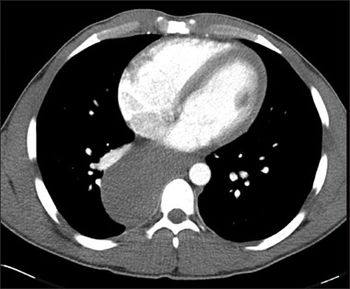
The majority of the cases that occur in marathon running are mild and self-limited with supportive care.

The majority of the cases that occur in marathon running are mild and self-limited with supportive care.

What is the best guide to the differential diagnosis of liver disease in a pregnant woman?

ACG recommendations for overt upper GI bleeding include assessment of hemodynamic status and initiation of resuscitative measures, as needed, as a first step.

Which of the following statements accurately describe(s) diverticular disease of the colon?

Chronic or recurrent pain or discomfort centered in the upper abdomen distinguishes dyspepsia from GERD, with a dominant symptom of heartburn.

Societal recommendations include surveillance esophagogastroduodenoscopy every 3 to 5 years for patients with Barrett esophagus, and proton pump inhibitor therapy for symptom control.

Because pregnancy can alter results of standard liver tests, use of the gestational age of the pregnancy is the best guide to the differential diagnosis.

Upper endoscopy demonstrates salmon-colored tongues that extend 2 cm above the squamocolumnar junction in a 42-year-old man with chronic GERD. Biopsies reveal intestinal metaplasia with no dysplasia. What now?

What do the American College of Gastroenterology recommendations for initial assessment and risk stratification for patients with ulcer bleeding include?

A 31-year-old woman had intermittent abdominal cramping for years. Which test should be ordered next to rule out celiac disease?

Eosinophilic esophagitis is a chronic inflammatory condition believed to be secondary to an allergic trigger. Endoscopic findings of concentric rings and longitudinal furrows in the esophagus suggest this diagnosis.

A 21-year-old college student has presented multiple times with nausea and vomiting during the last 4 years. Upper endoscopy showed residual food in the stomach. Cyclical vomiting syndrome? Something else?

A gastroparesis diagnosis is based on the cardinal symptoms of nausea, vomiting, abdominal pain, and early satiety.

Probiotic therapy has level 1 evidence for only one condition-acute infectious diarrhea.

Probiotics have only been shown to be effective in well-conducted, well-controlled studies in treatment of acute infectious diarrhea.

The optimal test used for primary detection of celiac disease is an IgA anti-tissue transglutaminase test.

This week’s questions cover a range of disorders-from infectious disease to GI problems, to HIV/AIDS. See how well you do . . .

The finding of pigmented mucosa-melanosis coli-on colonoscopy is associated with which of the following laxatives?

Laxatives that contain antraquinones can induce a dark pigmentation in the colonic mucosa.

A 65-year-old multiparous woman presents complaining of having to spend up to 30 minutes on the commode with difficulty evacuating stool. Which of the following tests should be performed next?

Anorectal manometry would be most beneficial in testing the patient's internal and external anal sphincter function.

Proton pump inhibitors have been associated with magnesium deficiency, pneumonia, and Clostridium difficile infection.

All of the following have been associated with long-term proton pump inhibitor use except . . . ?

Previous antibiotic use and hospitalization are well known risk factors for C difficile infection. Are age, PPI use, immunosuppression, and BMI all also risk factors?

Age; proton pump inhibitor us; immunosuppression; BMI: which of these is not a risk factor for Clostridium difficile infection?